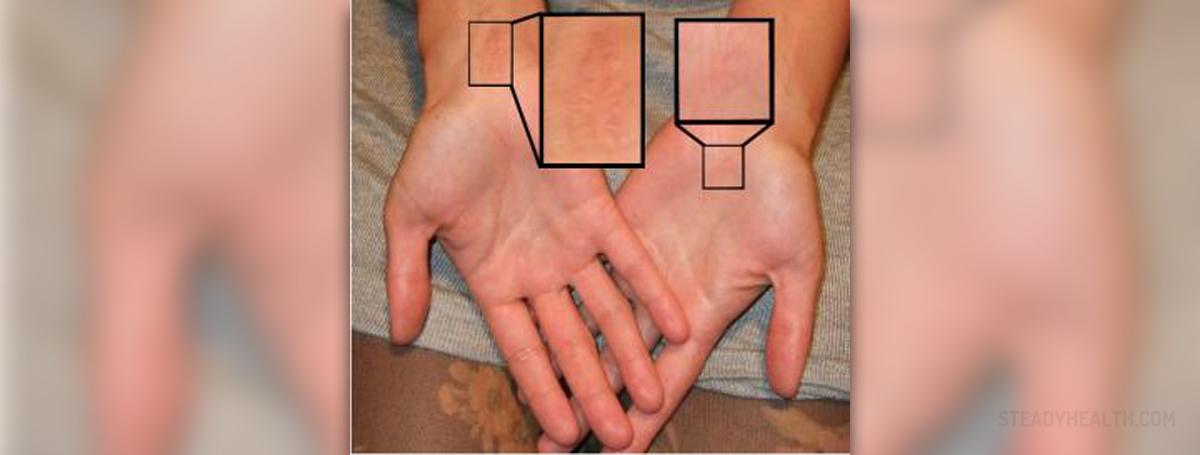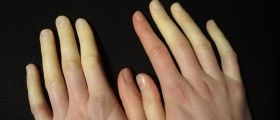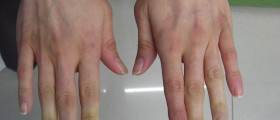
About Carpal Tunnel Syndrome
Carpal tunnel syndrome is a progressive and very painful condition caused by a pinched nerve in the wrist. There are many factors that contribute to carpal tunnel syndrome. It may be associated with specific anatomy of the wrist or develop due to other conditions. The carpal tunnel is a narrow passage in the wrist made of bones and ligaments. The tunnel contains the main nerve that innervates the muscles of the hand in case of its compression the syndrome with all its characteristic symptoms and signs develops.
Carpal tunnel syndrome is typically characterized by tingling or numbness in fingers or hand. These sensations generally affects the thumb, middle or ring finger and never the little finger. The problem starts during activities such as holding a steering wheel, a phone or newspaper. Progression of the condition leads to constant numbness. Pain, which is also reported by patients suffering from carpal tunnel syndrome, may be located to the wrist or spread up to the shoulder or down into the palm.
Carpal tunnel syndrome affects people whose job involves repeated forceful movements of the wrist, those suffering from rheumatoid arthritis and may also occur in pregnant women and people suffering from thyroid problems. Furthermore, the conditions is associated with acromegaly, diabetes and affects people who have cysts in the carpal tunnel.
Therapy for Carpal Tunnel Syndrome
The goal of the treatment is reduction of the pressure placed on the nerve that passes through the carpal tunnel. The condition may improve on its own within six months. However, spontaneous regression of the symptoms and signs only occurs in pregnant women and patients under the age of 30.
People in whom then condition develops as a consequence of repetitive movements should limit the activities that cause pain and tingling sensation. Furthermore, they may change the way they perform repetitive movements or reduce their frequency. Temporary relief is achieved with ice packs or ice wrapped in a towel and placed on the painful area.
Patients with more intensive symptoms are prescribed with oral corticosteroids but these medications are only administered for a short period of time. The doctor can also inject steroids into the carpal tunnel. Nonsteroidal anti-inflammatory drugs are only prescribed in case the carpal tunnel syndrome is associated with specific underlying condition responding to such medications.
Wrist splints are highly effective in maintaining straight position of the wrist and subsequent reduction of pain. Some people can also benefit from ultrasound treatment. And finally, in severe forms of carpal tunnel syndrome patients undergo carpal tunnel release surgery. The procedure includes cutting the carpal ligament which makes plenty of space for the nerve.









_f_280x120.jpg)


-Causes,-Symptoms,-Diagnosis,-Treatment_f_280x120.jpg)




Your thoughts on this
Loading...